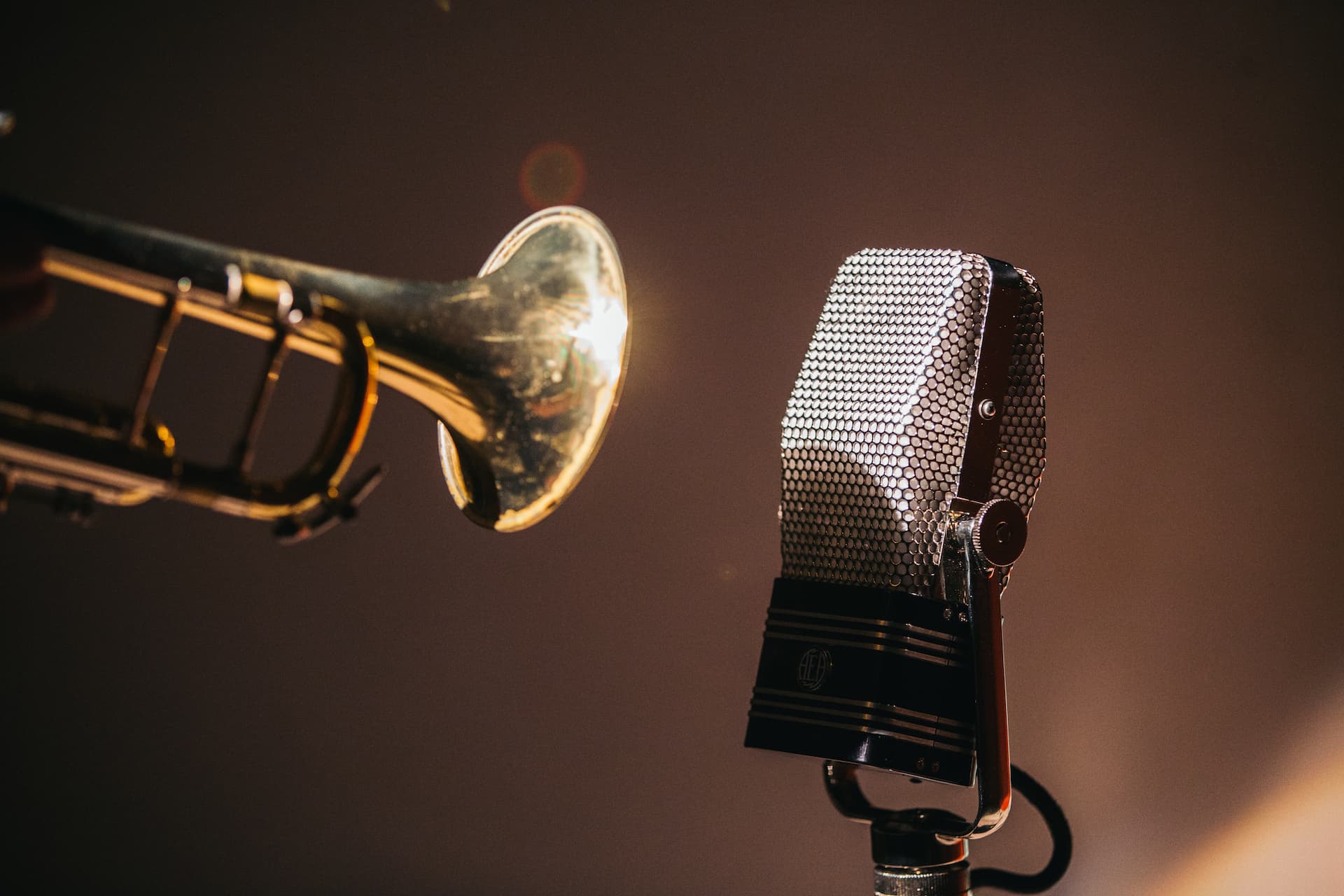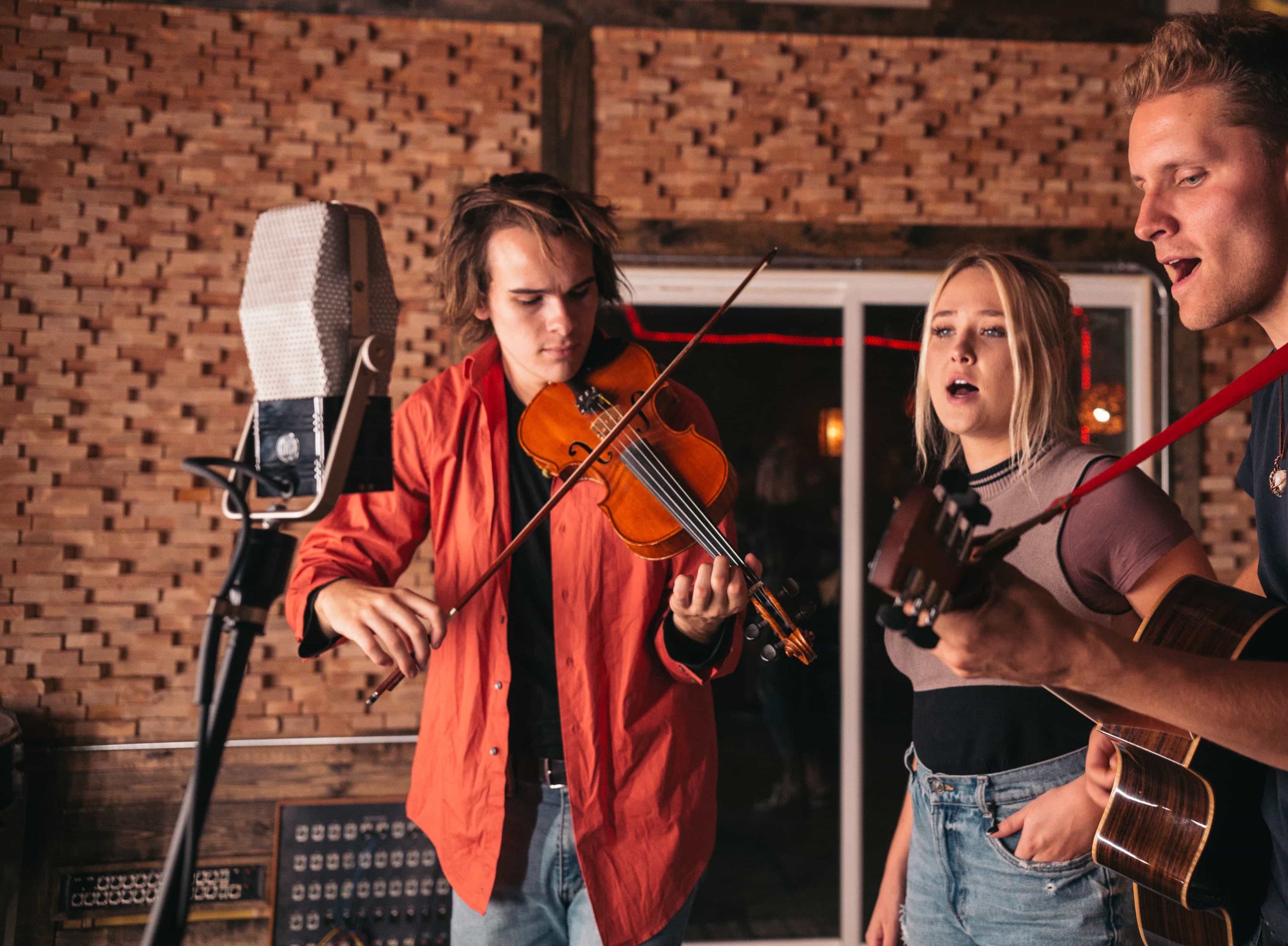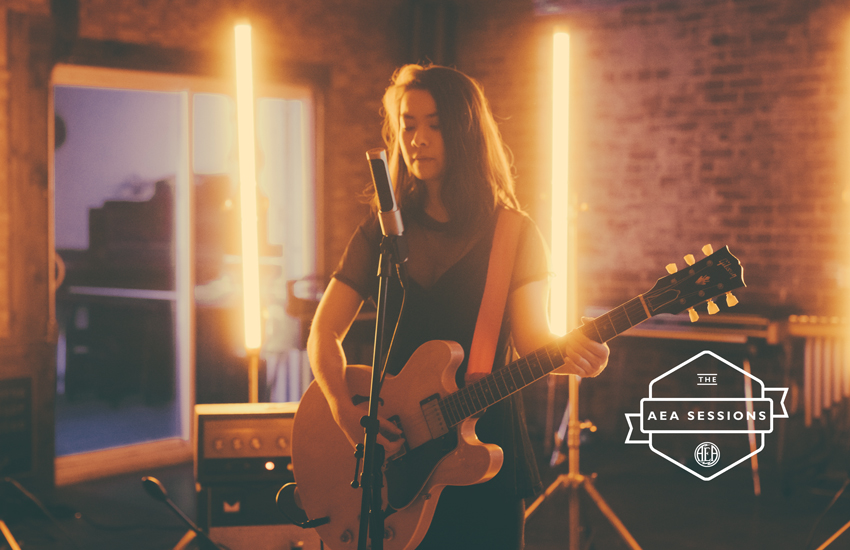
R44 Series
The AEA R44C is an exact replica of the vintage RCA 44BX ribbon microphone, considered the most musical sounding microphone ever built. Many of the 20th century’s most iconic recordings were recorded by the R44.
where to buy
R44 Series Microphone Overview
Unparalleled warmth and legendary character
Full and rich tonality with generous low end and proximity effect
Faithful reproduction of the RCA R44BX. Ribbon material meets or exceeds original RCA spec.
Economy exterior R44CE exhibits same, classic sound
Active A440 upgrade has 18dB level increase and is optimized for all preamps
Made in the U.S.A.


Hear the R44 Series
Audio Samples and Techniques
DIFFERENT Outsides, THE SAME SOUND

Our R44 Series microphones all share the authentic sound, feel and look of the 1936-38 RCA 44BX. The R44 series microphones are all detailed, hand-crafted replicas, using parts that are made to be interchangeable with an original RCA 44. We manufacture three different versions of the R44 and an optional hotrod.
At the core, every version of the R44 sounds the same when powered with a ribbon preamp. The major differences between the versions are the exterior look and the amount of output level.



The R44 Variants
The passive R44 is available in two exteriors– the original museum-quality replica R44C and the aesthetically cost-effective R44CE. Both mics have an identical sound and are exactly the same on the inside. The difference between the two is only cosmetics and price.
The active A440 is a preamp-flexible R44 with 18dB of extra output. It is custom-painted with the RCA classic umber-colored transformer case.
High-Output Upgrades
The original R44 microphones were constantly updated during their twenty years of production, and after carefully looking at some of the technical modifications, we've created two upgrades to the original R44.


We developed a modified R44 transducer, called the X-Motor, that includes two additional magnets that provide an extra 6db of output. With a sound identical to the original 44, the X-Motor ‘hot rod’ mod is useful for scoring and classical sessions and other applications demanding a wide dynamic range with the classic 44 sound. Available as an upgrade in R44C and CE models, the X-Motor version of the R44 bears a red-badge on the outside instead of the standard black badge.
The R44 in Action
A Mic Made for Singers
Watch the A440 on Mike Mayo’s acapella performance in this AEA Session.
Yes, There’s a Matching Preamp
The preamp is critical for optimum performance for our passive R44 models. Preamp gain should be at least +60dB or higher and it should have a very high impedance. It’s the same requirement with all passive ribbon mics.
To guarantee consistent, full-range ribbon sound, we recommend AEA’s RPQ3, RPQ503, TRP500 and TRP3 preamps, which were specially designed for ribbon microphones. However, preamps with above a 5K ohm impedance found in many live soundboards are adequate for guitar amps and other louder instruments. On quiet sound sources or for distance recording, an AEA preamp is highly recommended.
Artists
It sounds absolutely incredible on vocals, strings and horns alike. And that's no exaggeration. They are open, even and clear yet really smooth and creamy on top. Almost like the effect of recording to tape, it smooths frequency peaks and dynamics in a completely transparent way.
Mix Magazine
My next project was recording John Williams' score for Stepmom. We used the R44C on trumpet, a standard microphone choice for many scoring mixers. In this application, the microphone performed flawlessly. Its smooth ribbon character and overall warm sound were perfect for this application. In fact, I would unhesitatingly use these microphones for most brass applications.
Resolution Magazine
What you are paying for in the A440 is that 'magic' sound - and a degree of authenticity that's as close as is possible to the original 44 - in a package that delivers the goods in a more modern recording chain. And with the RPQ ribbon pre P48 you get a preamplifier that will do it - and for that matter, any other ribbon microphone - the utmost justice.
Sound On Sound
As with the other RCA44 variants, though, [the A440] is enough for us cash‑starved mortals to know that such fabulous mics are still available, and easier to use now than ever before — and that they still sound utterly wonderful. When I reviewed this microphone's forebear, I suggested that it was like a vintage Bentley: expensive and revered, but not easy to justify to the accountants. The same is true of this one, only it's now been fitted with a supercharger! Unfortunately, once you've heard this mic, you'll always aspire to own it.
Manual and Specifications
Parts and Accessories
AccessoriesRelated
- Tricks of the Trade
5 Reasons To Upgrade to an Active Ribbon Microphone


- Tricks of the Trade
Active Vs Passive Ribbons: What’s the Difference?



